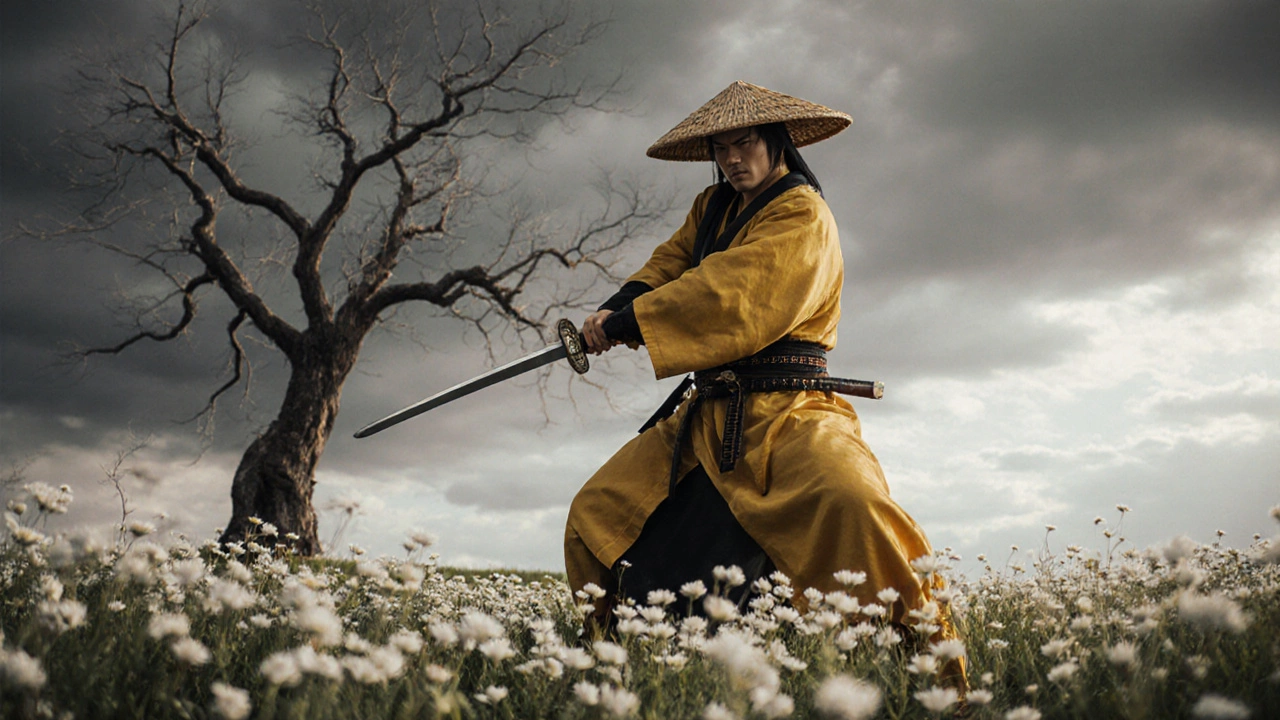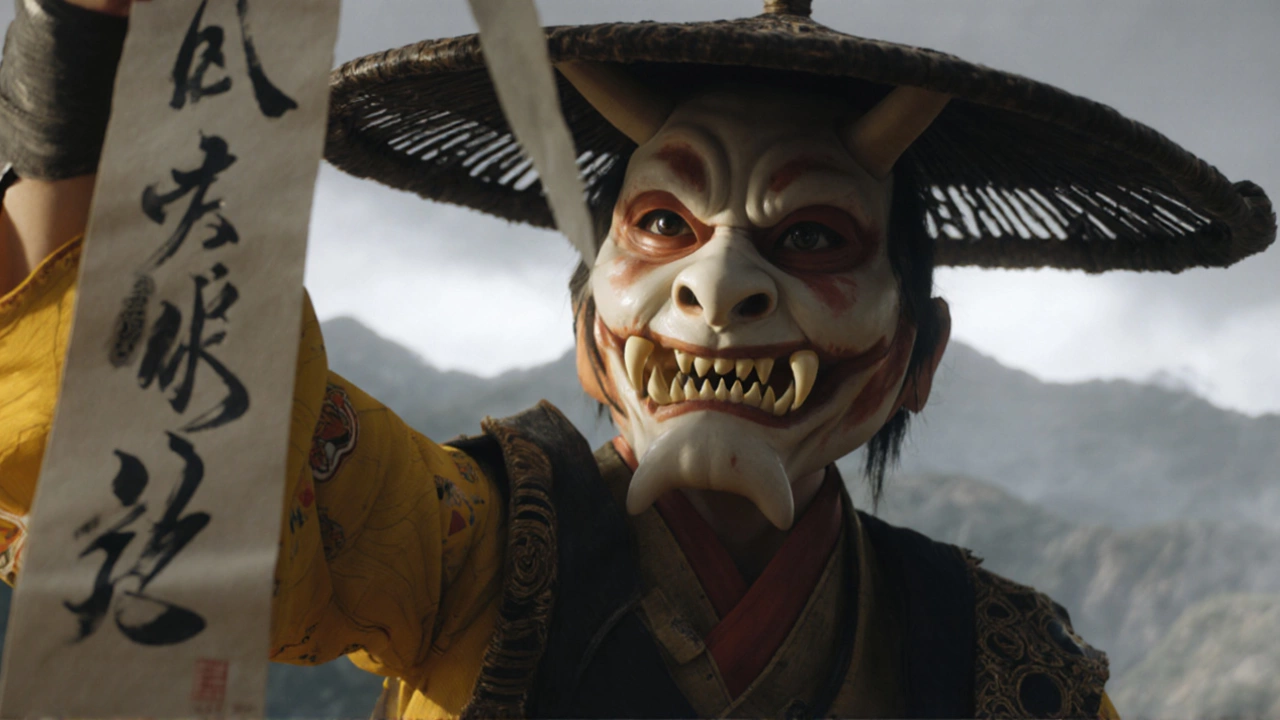A New Chapter in the Samurai Saga
When Sucker Punch announced a follow‑up to its breakout hit, expectations were sky‑high. Ghost of Yotei answers that call by shifting the timeline 300 years forward, landing us in the icy, untamed lands of Ezo during the early 1600s. The game introduces Atsu, a scarred mercenary whose family was slaughtered by a notorious band of six outlaws. Her drive for vengeance fuels a narrative that quickly evolves into something deeper—a search for allies, a reckoning with trauma, and a tentative path toward redemption.
The story is deliberately self‑contained, meaning newcomers don’t need to have completed the original title. Yet fans will recognize familiar themes: the clash between oppressive forces and local resistance, the reverence for nature, and the code of the samurai reinterpreted through a personal lens. As Atsu traverses snow‑capped ridges, blooming meadows, and craggy coastlines, the world feels both historically grounded and mythic, inviting players to linger over each vista.
Supporting characters arrive in unexpected packages—a reclusive shrine keeper, a wandering ronin, and even a mischievous fox spirit that offers cryptic guidance. Their interactions add texture to the revenge plot, turning a linear hunt into a web of choices that affect dialogue and minor gameplay outcomes. While the game doesn’t branch into multiple endings, the sense that Atsu’s relationships genuinely shift her mindset reinforces the overarching theme of healing.

Technical Mastery and PlayStation 5 Features
From a performance standpoint, the title feels polished to a mirror shine. Load times are near‑instant, thanks to the PS5’s SSD, allowing players to dash from a quiet shrine to a thunderous skirmish without a hitch. Textures are razor‑sharp; the snowfall reacts to wind direction, and the hanami‑filled fields glow with a warm, late‑afternoon light that makes you pause just to admire the art.
The combat system, already praised in its predecessor, receives a tangible upgrade through the DualSense controller. Haptic feedback differentiates the tension of a drawn katana from the light snick of an arrow’s release, while adaptive triggers give a satisfying resistance when pulling back a grappling hook. These tactile cues deepen immersion, making each duel feel personal rather than abstract.
Audio also receives a dedicated boost via Tempest 3D AudioTech. You can pinpoint the rustle of a bamboo forest, the distant echo of a temple bell, or the whispered breaths of enemy samurai as they close in. This layered soundscape not only enhances realism but also serves as a subtle gameplay aid—players often locate hidden foes by listening to the faint clink of armor.
Visually, the developers have kept the three distinct modes that fans loved in the original. Kurasawa mode returns, bathing everything in stark black‑and‑white contrast as a nod to classic cinema. New entries—Mik mode and Watanabi mode—inject fresh flavors: Mik mode leans into a gritty, over‑the‑shoulder presentation drenched in blood and soil, while Watanabi mode overlays lo‑fi beats that give the world a modern, almost indie‑film vibe. Though they may feel experimental for a first playthrough, these filters let seasoned players replay with altered atmospheres.
- Snow‑driven combat feels weighty and realistic.
- Dynamic lighting adjusts seamlessly from dawn to dusk.
- DualSense feedback distinguishes weapon types.
- All three visual modes can be toggled at any time.
An unexpected partnership with Sapporo Beer adds a collectible layer. US players who snag specially marked beer packages unlock exclusive outfits and gear for Atsu, a clever cross‑promotion that ties the beverage’s northern heritage to the game’s setting. While not essential, these items provide a fun incentive for fans who enjoy cosmetic customization.
Overall, Ghost of Yotei feels like a confident, refined iteration that honors its lineage while daring to explore new territory. The combination of a compelling protagonist, lush environments, and PS5‑specific enhancements makes it a standout title in the current generation’s library.
